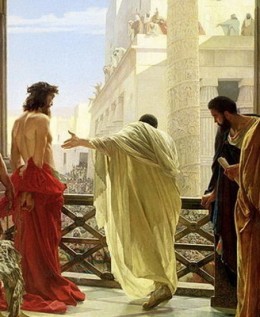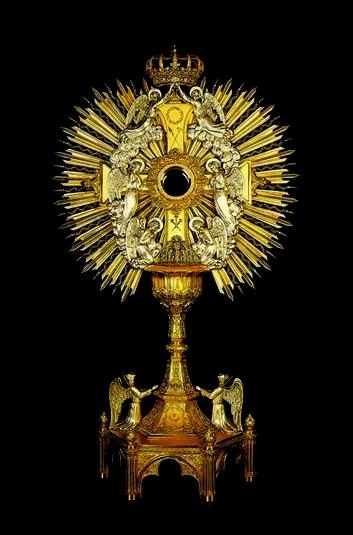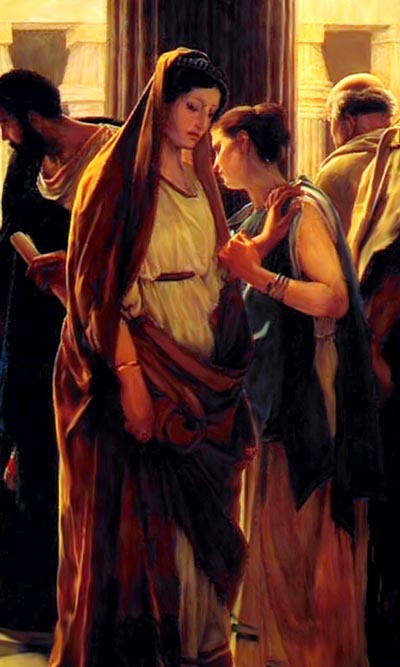What is Catholic Underground?!
Catholic Underground, a.k.a. CU, is a cultural apostolate of the Franciscan Friars of the Renewal link (You may be familiar with the name of Fr Benedict Groeschel) "CU" uses the artistic expression of our culture to proclaim the Gospel. It began in response to Pope John Paul II's belief that because the Gospel lives in conversation with culture, we must be fearless in crossing the cultural threshold of the communication and information revolution now taking place.
The evening's program begins with Vespers (Evening Prayer), followed by a time of simple praise. The beauty of the darkened Church illumined by candles helps us enter the mystery of our Lord's presence in the Eucharist. The holy hour ends with solemn Benediction.
The second part showcases Catholic artists. The Underground presentation includes music, poetry, visual art, dancers, film, drama, etc.
They end the evening as they began - with Compline (Night Prayer), a simple and beautiful prayer.
Who is Fr. Benedict Groeschel and the Friars of the Renewal?
Benedict Joseph Groeschel, CFR (born July 23, 1933) is a Catholic priest, retreat master, author, psychologist, activist and host of the television talk program Sunday Night Prime with Father Benedict Groeschel, which is broadcast on the Eternal Word Television Network. He has also hosted several serial religious specials in addition to Sunday Night Prime. He is the director of the Office for Spiritual Development for the Catholic Archdiocese of New York as well as associate director of Trinity Retreat and the executive director of The St. Francis House. He is professor of pastoral psychology at St. Joseph's Seminary in New York and an adjunct professor at the Institute for Psychological Sciences in Arlington, Virginia. He is one of the founders of the Franciscan Friars of the Renewal.
In 1987, Groeschel and seven Capuchin colleagues left their order to begin the Franciscan Friars of the Renewal with the mission of preaching reform and serving the poor. The purpose of the community is to strive to a return to the authentic Capuchin way of life and the renewal of the Catholic Church. In addition, the friars are known for their fidelity to the pope. The Community characterises itself as Catholic, Franciscan, Capuchin, contemplative, prophetic, apostolic, fraternal and pro-life.
Be sure to join Sacred Hearts-St. Stephen parish this Saturday as we attend Catholic Underground. See our parish website for more info www.sacredhearts-ststephen.com


